Authenticity Plus Aesthetics – The Perfect Blend in Alcohol Comms?

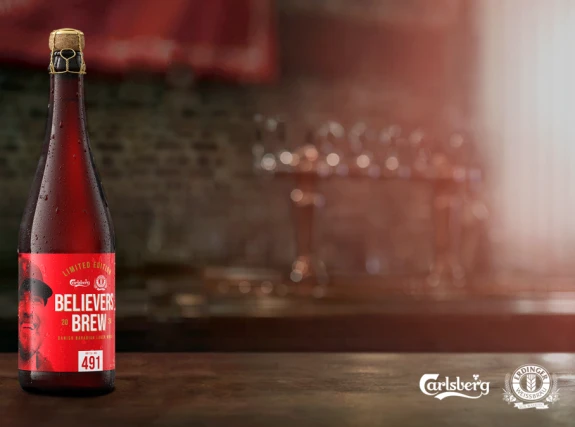
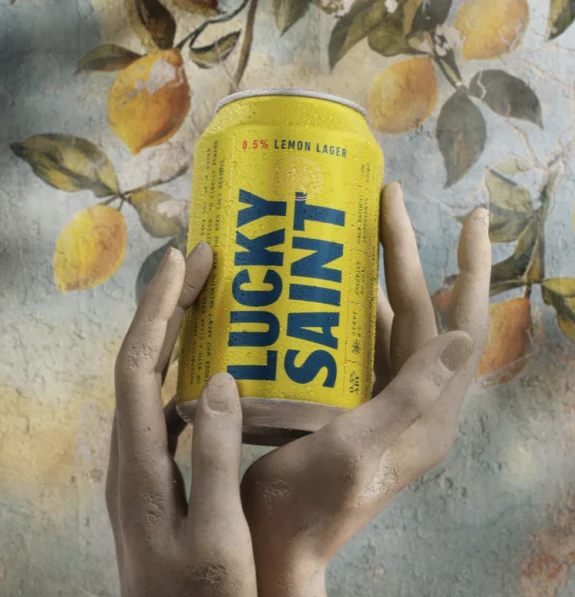
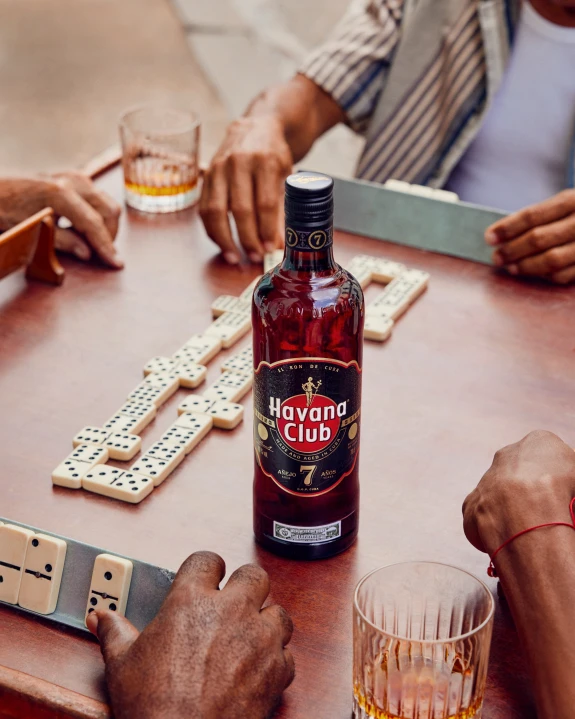
In an industry steeped in tradition yet constantly reinventing itself, alcohol brands are navigating a delicate dance between authenticity and aesthetics. The question is no longer whether one matters more than the other - but how the two can harmoniously coexist to create deeper brand connections, cultural relevance, and commercial success.
To explore this evolving dynamic, we spoke to senior leaders from Carlsberg, Lucky Saint, Havana Club, and The Pathfinder - four brands navigating the intersection of cultural relevance, emotional storytelling, and brand experience in distinct ways.
Packaging: The Gateway to Emotion
Packaging is more than a vessel - it’s a brand’s first handshake with the consumer.
As Rish Ravalia, UK Director at The Pathfinder UK puts it, “Ultimately, we’re always still children – so when it comes to choosing what to drink, we choose the most interesting or inviting packaging or the bottle with the most fun label.” This primal instinct is why The Pathfinder’s apothecary-inspired bottle, designed by the team behind Hendrick’s Gin, stands out. It’s provocative, sarcastic, and visually arresting - designed to be “the most interesting thing at the bar.”
Julie Pender, UK Creative Content Manager at Havana Club echoes this, warning that inconsistency in packaging - especially through excessive limited editions - can dilute brand memory. Without fixed visual assets, ATL campaigns lose their power to evoke recognition and loyalty.
It’s the view of Mairead Broadley, Public Relations Global Lead at Carlsberg Group, that the brand’s commemorative bottles and sustainable packaging innovations show how aesthetic choices can be deeply tied to brand values and cultural storytelling. These aren’t just beautiful bottles - they’re experiences in themselves.
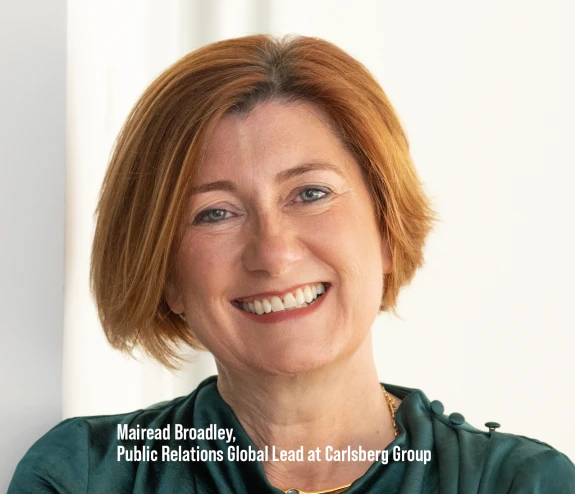
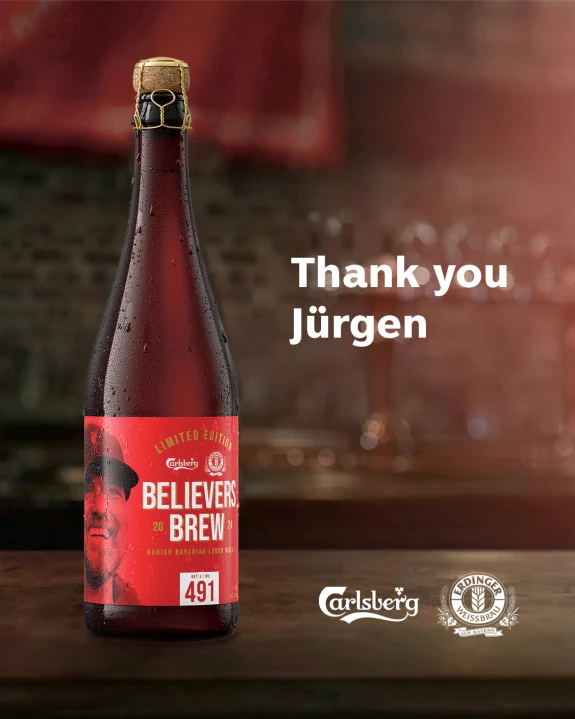
Community: From Cult to Culture
For Lucky Saint, the alcohol-free beer brand, community is the backbone of their strategy. From run clubs to supper clubs, their people-first approach fosters genuine engagement. George Horton, Social Media Manager at Lucky Saint explains that the brand’s social strategy, which includes regional Facebook groups and Strava engagement is grounded in community and designed to drive brand loyalty.
The Pathfinder takes this further, positioning itself as a cult movement. Rish explains, “The Pathfinder isn’t just a drink - it’s a rebellion.” Their community isn’t defined by abstinence, but by curiosity, complexity, and cultural relevance. And crucially, they understand that “84% of people who drink non-alcoholic also drink alcohol.” This inclusive mindset allows The Pathfinder to bridge the gap between alcohol and non-alcohol, creating a brand world that welcomes everyone.
Perena Barrett, Agency Co MD at Red Consultancy comments, “We’ve seen first-hand how powerful community can be when it’s built with cultural intent. Hendrick’s came to us wanting to reconnect with its curious and peculiar origins - without compromising on commercial ambition.
We devised a strategy that would help the brand re-engage with the nation’s curious creatives - artists across fields from poetry to floristry to spacial design and more - and co-created experiences that felt unmistakably Hendrick’s. The result? High impact campaigns that engaged the Hendrick’s core community in meaningful ways.”
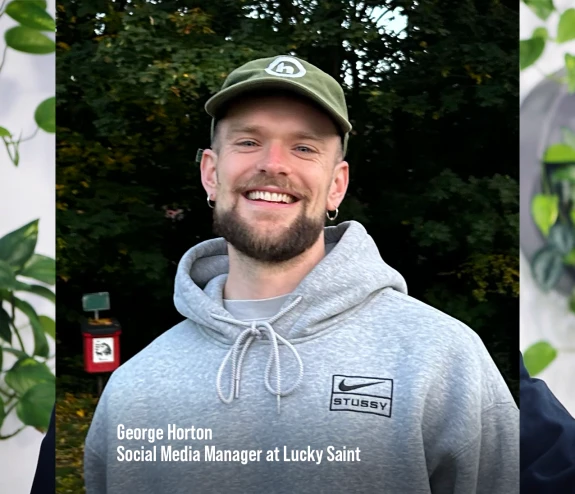
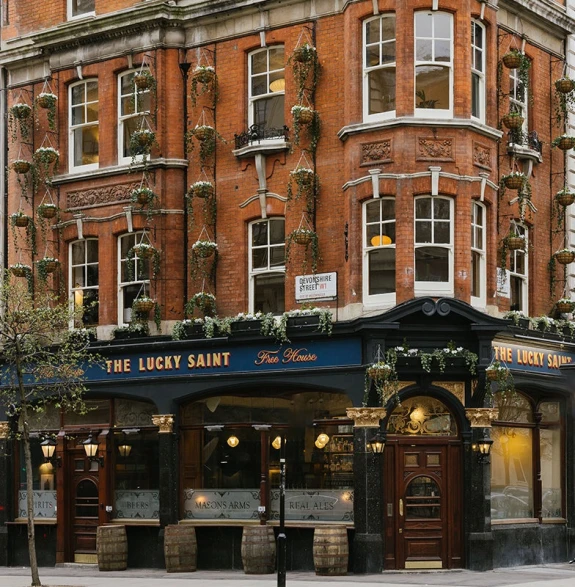
Cultural Relevance: The New Brand Capital
Alcohol brands that thrive embed themselves in culture - not just through sponsorships, but through shared values and lived experiences. Carlsberg’s partnerships with Liverpool FC and UEFA are more than logo placements - they’re platforms for storytelling and emotional connection.
As Mairead Broadley (Carlsberg Group) explains, “We use football as a platform to connect with our consumer on a beer-drinking occasion. It’s about creating experiences for fans that are truly memorable.” This isn’t just brand visibility - it’s brand intimacy.
Lucky Saint’s TikTok strategy leans into FOMO and sentimentality, positioning the brand within “pub culture” and meme culture alike. The Pathfinder, meanwhile, is rewriting the rules. From fermenting hemp seed to sponsoring high-energy bar programs, they’re creating a new kind of ritual - one that’s inclusive, complex, and culturally charged.
As Rish puts it, “Culture is the new brand capital - and we’re spending it wisely.”
Yla O’Riordan, Head of Social at Red Consultancy, said “Emotional connection is about common ground. ‘Cheersing’ someone at the pub with the same pint as you, waving at someone in the same football shirt, sending a ‘like’ reply to an Insta Story featuring your favourite song. For alcohol brands, building this connection can be tricky, especially for the likes of Guinness, which despite developing the nitrosurge product is still mainly found in the pub. They have done a brilliant job inserting themselves into culture over the past couple of years, and in particular, fashion partnerships with UN:IK and the newly cool-again Abercrombie allowed fans to wear their product as a badge of honour, building a ‘cult’ for the black nectar.
“Another route we’ve seen alcohol brands take is partnerships with the likes of @realhousewivesofclapton. Rather than putting your alcohol brands in the hands of an it-girl influencer, the new route of meme-ing yourself shows audiences this brand doesn’t take itself too seriously and allows for comedic instantaneous connections.”
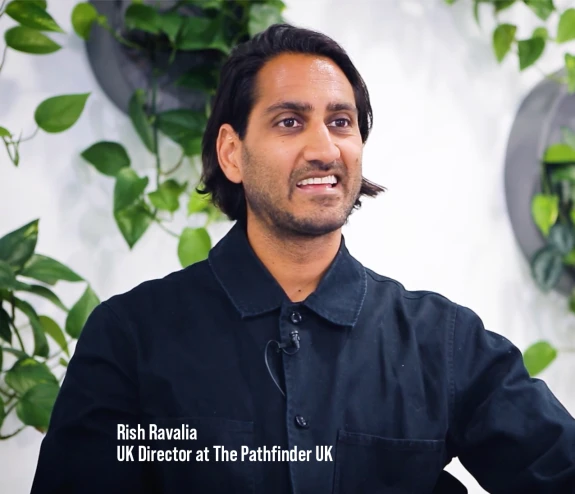
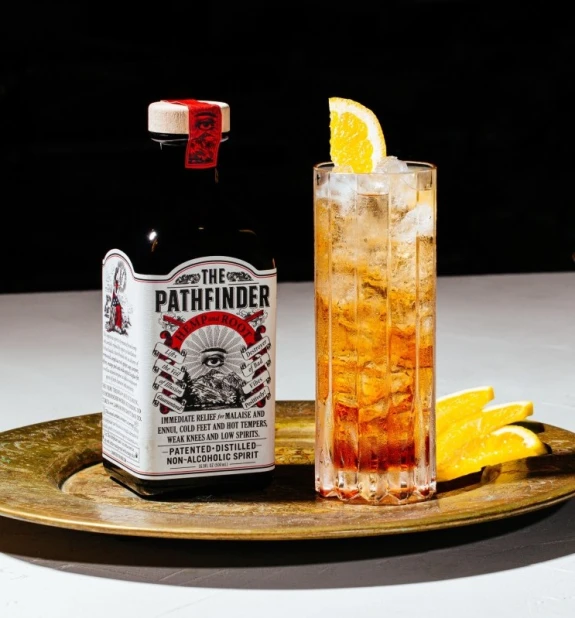
Emotional Storytelling: The Invisible Thread
Emotion is the connective tissue between authenticity and aesthetics. Whether it’s the joy of a Lucky Saint run, the nostalgia of a Carlsberg commemorative bottle, or the intrigue of The Pathfinder’s botanical alchemy - emotion is what consumers remember.
Julie Pender (Havana Club) reminds us, “No one will remember what you said. But they’ll remember how you made them feel.” And in a category built on celebration, connection, and conviviality, that emotional resonance is everything.
Mairead Broadley (Carlsberg Group) adds, “When you create something experiential, it tells a story and takes the consumer on a journey. They learn something new and interesting - or build on something you’ve already communicated.” This is where brand equity is built: not just through visibility, but through meaningful, memorable moments.
The Pathfinder’s storytelling is unapologetically bold. It’s not about guilt or wellness - it’s about pleasure, complexity, and choice. “Alcohol-free isn’t a compromise - it’s a flex,” says Rish.
Jack Hutchinson, Executive Creative and Strategy Director at Red Consultancy, adds, “The beauty of the sector is that many alcohol brands have incredible stories at the heart of their business already. Whether it’s the amazing environment in which they are produced (Highland whiskies and Caribbean rum distilleries come to mind!), the unique personalities and people behind the brand or the innovations taking place within the business, it’s quite often about showcasing these existing stories in an interesting way rather than needing to invent new ones.”
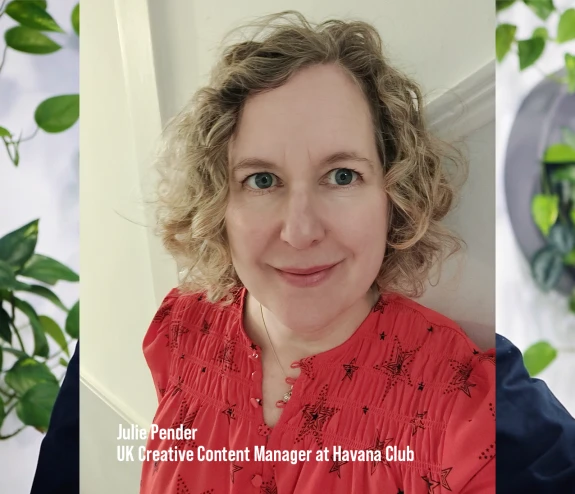
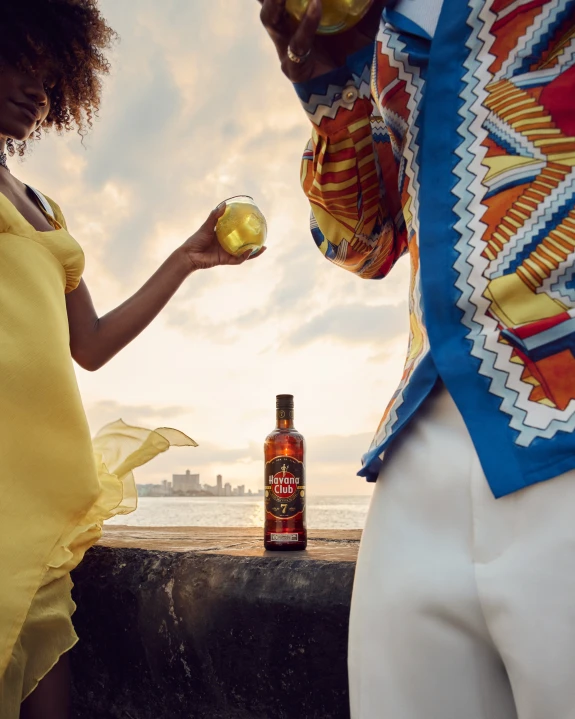
The Industry’s Blind Spot?
Despite these successes, there’s a shared concern: the industry is underinvesting in long-term brand connection strategies. Short-termism, budget constraints, and procurement-led decision-making are stifling creativity.
Julie Pender (Havana Club) comments: “Right now, people are chasing short-term gains to stay afloat. But the reality is, long-term brand connection is what drives real impact.” Her insight reflects the tension between performance marketing and brand-building—a balance many alcohol brands are still struggling to strike.
According to Rish at The Pathfinder: “We talk about non-alcoholic, more than it’s being drunk.” While the category is growing, it still only represents a tiny fraction of global volume. The opportunity lies in no and low ABV innovation, inclusive brand worlds, and education-led advocacy—especially in bars and restaurants, where first impressions become lasting loyalty.
Conclusion: The Blend That Wins
Perena Barrett, Agency Co MD at Red Consultancy comments. “The real winners in alcohol comms expertly blend aesthetics with authenticity, they blend what’s next with what’s gone before and that all important heritage. Brands that are clear on their compass, show up with emotional depth, cultural relevance, and visual distinction will be the ones to keep winning win hearts, minds, and market share.”